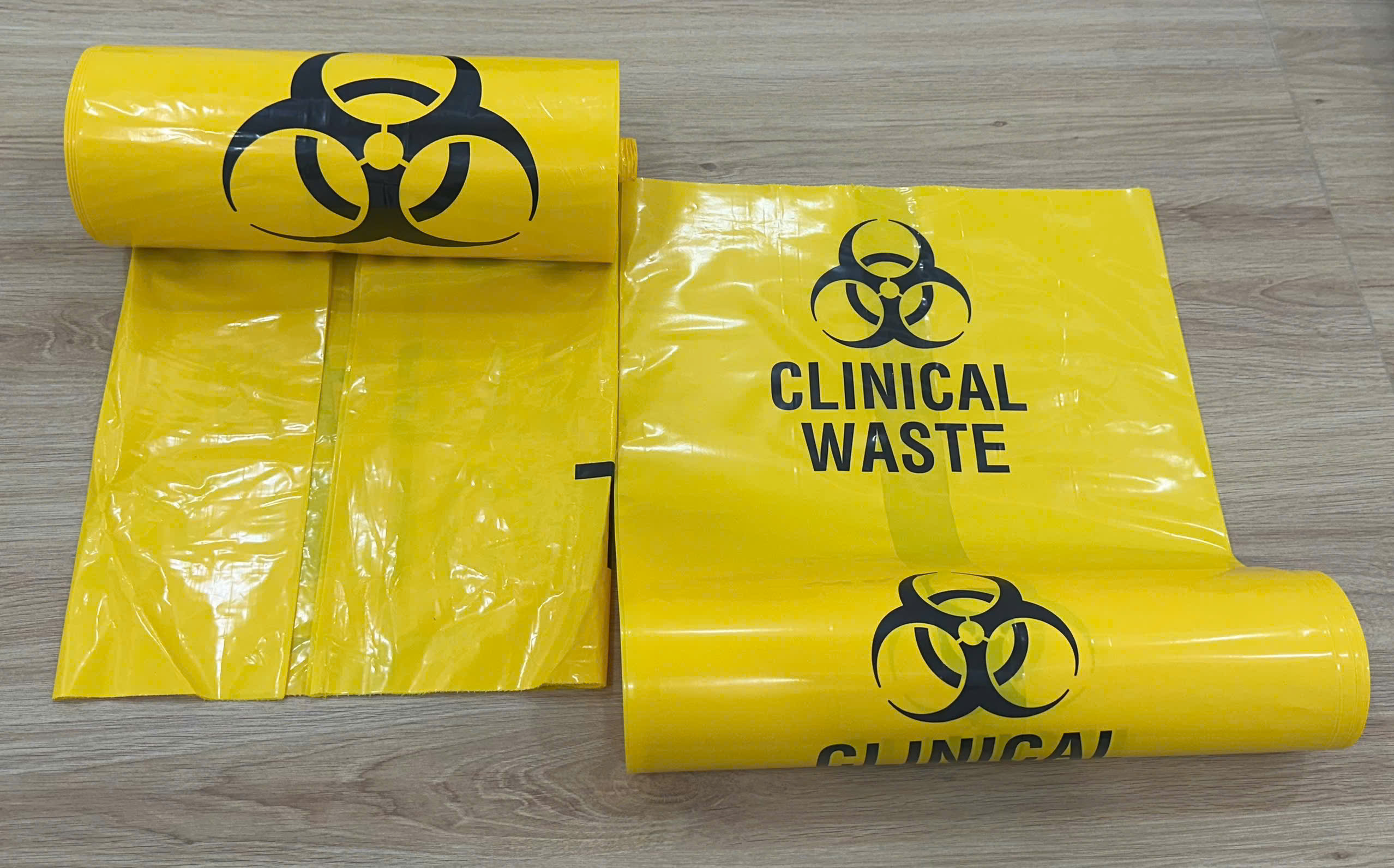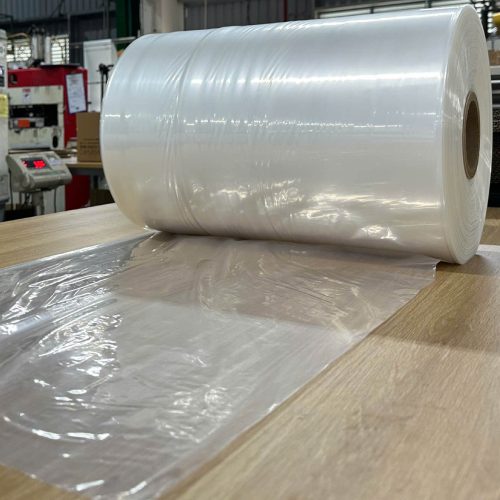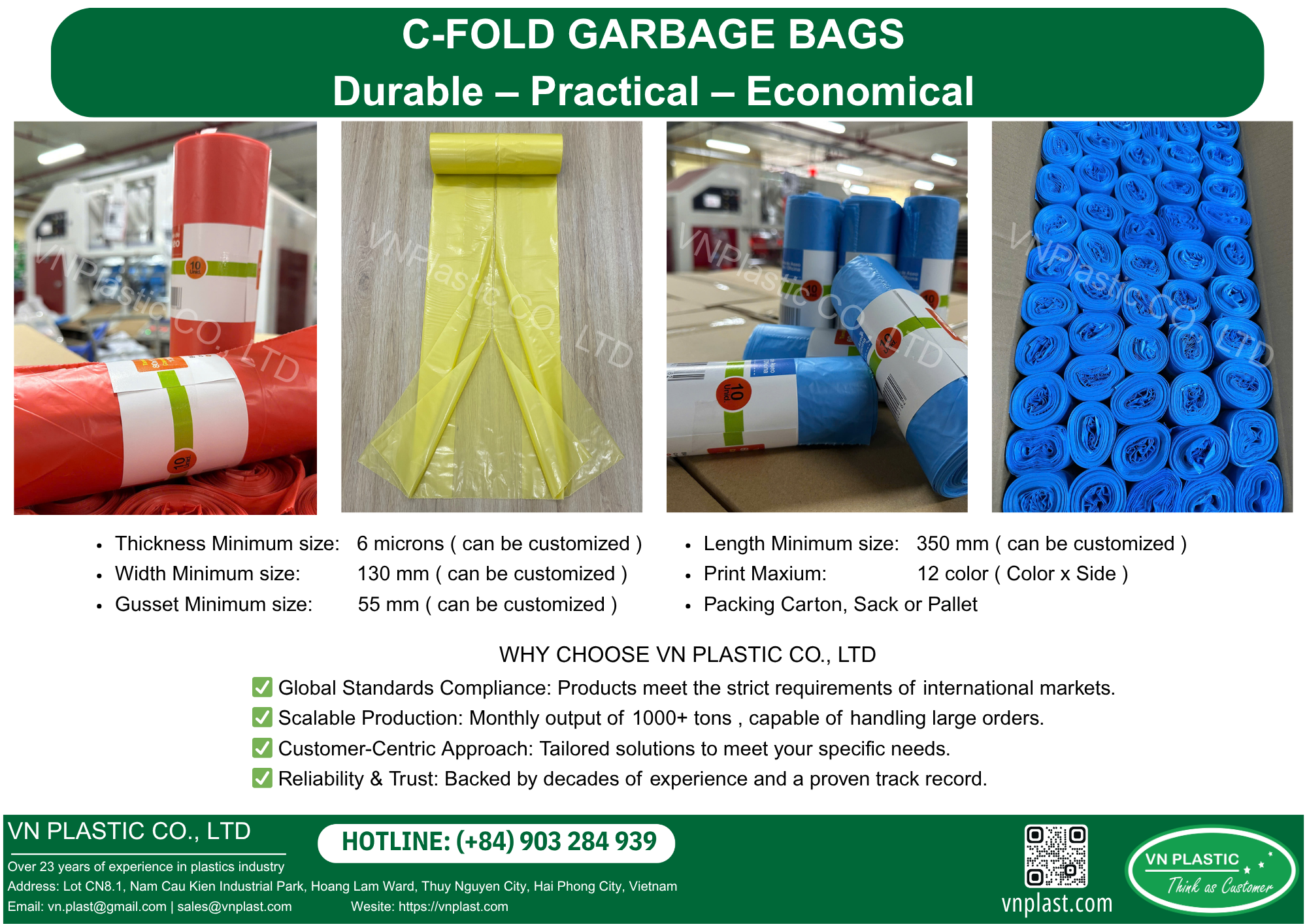In the wake of recent labor disputes at major U.S. ports, the spotlight has turned to the intricate web of global supply chains and the myriad industries affected by port operations. One such industry, often overlooked but crucial to the smooth functioning of logistics worldwide, is that of stretch film suppliers. These manufacturers provide the essential wrapping material used to secure pallets and shipments, ensuring goods arrive safely at their destinations. As ports increasingly automate their operations to boost efficiency and reduce labor costs, stretch film suppliers find themselves at a crossroads, navigating a landscape of changing demand patterns, technological advancements, and shifting market dynamics.
The Evolution of Port Automation and Its Ripple Effects

The recent strike at U.S. ports, which saw 45,000 workers across 36 ports from Texas to Maine halt operations, has brought to the forefront the ongoing tension between labor and automation in the maritime industry. This three-day shutdown, the first of its kind on the East Coast and Gulf Coast since 1977, resulted in a temporary agreement that includes a substantial 62% wage increase for dockworkers. However, beneath this immediate resolution lies a deeper narrative of technological transformation that is reshaping the very nature of port operations—and by extension, the industries that serve them.
The Push Towards Automated Ports
In recent years, ports worldwide have been investing heavily in automation technologies. From automated guided vehicles (AGVs) that transport containers within the terminal to robotic cranes that load and unload ships with minimal human intervention, these advancements promise increased efficiency, reduced labor costs, and 24/7 operations. The Port of Rotterdam in the Netherlands, for instance, has been a pioneer in this field, with its fully automated Maasvlakte II terminal serving as a model for ports globally.
This trend towards automation has been accelerated by several factors:
- The need to handle ever-larger container ships, which require quicker turnaround times to remain economically viable.
- Increasing pressure to reduce carbon emissions and improve environmental performance.
- The desire to enhance safety by removing humans from potentially dangerous areas of port operations.
For stretch film suppliers, this shift presents both challenges and opportunities. On one hand, the increased efficiency of automated ports could lead to a higher volume of goods being processed, potentially increasing demand for packaging materials. On the other hand, the precision of robotic systems might reduce the need for excessive packaging, impacting the quantity of stretch film required per shipment.
Impact on Labor Relations and Supply Chain Dynamics
The recent U.S. port strike underscores the human element in this technological transition. While the immediate dispute was resolved with a wage increase, the underlying tension between automation and job security remains. This dynamic is not unique to the United States; ports worldwide are grappling with similar challenges as they seek to modernize their operations.
For stretch film suppliers, these labor disputes and the broader trend towards automation introduce an element of uncertainty into their market forecasts. The potential for disruptions in port operations—whether due to strikes or the implementation of new automated systems—requires suppliers to be more agile and responsive to sudden changes in demand.
Moreover, the shift towards automation is likely to change the nature of packaging requirements. As robotic systems become more prevalent, there may be a growing demand for standardized packaging solutions that are optimized for automated handling. This could drive innovation in the stretch film industry, pushing suppliers to develop new products that are not only stronger and more efficient but also designed to work seamlessly with automated port equipment.
The Role of Data and Analytics in Modern Port Operations
As ports become more automated, they also become more data-driven. Advanced analytics and AI systems are being employed to optimize everything from container stacking to ship scheduling. This wealth of data has implications far beyond the port itself, potentially offering valuable insights to industries throughout the supply chain—including stretch film suppliers.
By analyzing data on shipping volumes, packaging efficiency, and damage rates, stretch film manufacturers could gain a more nuanced understanding of market needs. This data-driven approach could lead to more targeted product development, allowing suppliers to tailor their offerings to the specific requirements of automated port environments.
Furthermore, the integration of Internet of Things (IoT) technologies in port operations opens up new possibilities for smart packaging solutions. Stretch films embedded with sensors could provide real-time data on the condition of shipments, offering an additional layer of value to customers and potentially opening up new revenue streams for suppliers.
Adapting to the New Paradigm: Strategies for Stretch Film Suppliers

In light of these seismic shifts in port operations, stretch film suppliers must evolve their strategies to remain competitive and relevant. This section explores key areas where suppliers can focus their efforts to thrive in this new environment.
Innovation in Material Science
The demands of automated port operations require packaging materials that are not only strong and reliable but also optimized for machine handling. This presents an opportunity for stretch film suppliers to innovate in material science, developing new formulations that offer enhanced performance characteristics.
One promising avenue of research is the development of “smart” stretch films that can adapt to environmental conditions. These advanced materials could, for example, adjust their tension in response to temperature changes during shipping, ensuring consistent protection regardless of climate variations.
Another area of innovation is in sustainability. With increasing global focus on reducing plastic waste, stretch film suppliers are under pressure to develop more environmentally friendly alternatives. Biodegradable films made from plant-based materials or easily recyclable synthetic polymers could become a significant differentiator in the market.
The challenge for suppliers lies in balancing these innovative features with cost-effectiveness. As automation potentially reduces the overall volume of packaging materials needed, suppliers must ensure that their high-tech solutions offer clear value propositions to justify potentially higher prices.
Embracing Digital Technologies
To align with the data-driven nature of modern port operations, stretch film suppliers must embrace digital technologies across their own operations. This goes beyond simply digitizing existing processes; it involves a fundamental rethinking of how technology can enhance every aspect of the business.
One key area is in supply chain management. By implementing advanced analytics and AI-driven forecasting models, suppliers can better anticipate demand fluctuations and optimize their production schedules. This not only improves efficiency but also enhances their ability to respond quickly to market changes—a crucial capability in the face of potential port disruptions.
Digital technologies also offer new ways to engage with customers. Virtual reality (VR) and augmented reality (AR) tools, for instance, could allow suppliers to demonstrate the performance of their products in simulated port environments. This immersive approach to sales and marketing could be particularly effective in showcasing the benefits of new, innovative stretch film solutions.
Furthermore, blockchain technology presents interesting possibilities for enhancing transparency and traceability in the supply chain. By participating in blockchain-based supply chain platforms, stretch film suppliers could offer their customers unprecedented visibility into the origin and journey of their packaging materials—a valuable proposition in an era of increasing focus on sustainability and ethical sourcing.
Developing Strategic Partnerships
In a rapidly evolving industry landscape, strategic partnerships can provide stretch film suppliers with the agility and resources needed to adapt quickly. Collaborations with technology companies, for instance, could accelerate the development of smart packaging solutions that integrate seamlessly with automated port systems.
Partnerships with logistics providers and major shipping lines could also prove valuable. By working closely with these key players in the supply chain, stretch film suppliers can gain deeper insights into evolving packaging needs and potentially co-develop solutions that address specific challenges in automated port environments.
Moreover, collaborations within the packaging industry itself—perhaps even with potential competitors—could drive innovation and standard-setting in areas like sustainability and compatibility with automated systems. Such industry-wide initiatives could help shape the future of packaging in a way that benefits all stakeholders.
The Global Perspective: Regional Variations and Opportunities
While the trend towards port automation is global, its pace and impact vary significantly across different regions. This section examines how stretch film suppliers can navigate these regional variations to capitalize on emerging opportunities.
Asia-Pacific: Leading the Automation Revolution
The Asia-Pacific region, home to many of the world’s busiest ports, is at the forefront of port automation. Countries like China, Singapore, and South Korea have made significant investments in automated port technologies, driven by the need to handle ever-increasing trade volumes efficiently.
For stretch film suppliers, this region presents both challenges and opportunities. The high degree of automation in Asian ports may lead to more stringent requirements for packaging materials, necessitating products that can withstand the rigors of robotic handling. At the same time, the sheer volume of goods passing through these ports offers a vast market for innovative packaging solutions.
One key strategy for suppliers targeting this market is to focus on high-performance, technologically advanced stretch films that offer clear advantages in automated environments. This could include films with enhanced puncture resistance, improved load containment, or integrated smart features that facilitate tracking and monitoring.
Additionally, the rapid pace of technological adoption in this region makes it an ideal testing ground for new packaging innovations. Suppliers could consider partnering with Asian port operators or logistics companies to pilot new products, gaining valuable real-world data and feedback to refine their offerings.
Europe: Balancing Automation with Sustainability
European ports, while also moving towards automation, are doing so with a strong emphasis on sustainability. The European Union’s stringent environmental regulations and ambitious climate goals are driving ports to seek green solutions alongside technological advancements.
For stretch film suppliers, this presents an opportunity to lead in the development of eco-friendly packaging materials. Biodegradable or easily recyclable stretch films could find a particularly receptive market in Europe, where both regulators and consumers are increasingly focused on reducing plastic waste.
Moreover, the European market’s emphasis on sustainability extends beyond just the materials themselves. Suppliers who can demonstrate a commitment to sustainable practices throughout their supply chain—from raw material sourcing to manufacturing processes—may find themselves at a competitive advantage.
Another key consideration in the European market is the need for standardization across the EU. Stretch film suppliers who can offer products that comply with EU-wide standards for automated handling and sustainability may be well-positioned to capture market share across multiple countries.
Americas: Navigating Labor Concerns and Technological Transition
As the recent U.S. port strike demonstrates, the transition to automated port operations in the Americas is complicated by strong labor concerns. This creates a unique set of challenges and opportunities for stretch film suppliers operating in this market.
One potential strategy is to develop products that bridge the gap between manual and automated handling. Stretch films that offer improved ergonomics and safety features for manual application, while still being optimized for automated systems, could appeal to ports that are in the process of transitioning to more automated operations.
Additionally, the ongoing debate around automation in American ports highlights the importance of flexibility in packaging solutions. Stretch film suppliers who can offer a range of products suitable for various levels of automation may be better equipped to serve this diverse market.
The Americas also present opportunities in the realm of e-commerce fulfillment. With the rapid growth of online retail, there’s increasing demand for packaging solutions that can withstand the rigors of last-mile delivery. Stretch film suppliers could explore partnerships with e-commerce giants to develop specialized films for this growing segment of the market.
Conclusion: Charting a Course for Future Success
The automation of port operations represents a paradigm shift that will continue to reshape the global supply chain in the coming years. For stretch film suppliers, this transformation presents both challenges and opportunities. Success in this new landscape will require a multifaceted approach that combines technological innovation, strategic partnerships, and a deep understanding of regional market dynamics.
As we look to the future, it’s clear that the most successful stretch film suppliers will be those who can adapt quickly to changing market conditions while maintaining a long-term vision. This may involve significant investments in research and development, a willingness to explore new business models, and a commitment to sustainability that goes beyond mere compliance with regulations.
Moreover, the increasing interconnectedness of global supply chains means that suppliers must think globally while acting locally. Understanding and responding to regional variations in port automation and packaging requirements will be crucial for capturing market share across different geographies.
Ultimately, the automation of port operations is not just a challenge to be overcome, but an opportunity for stretch film suppliers to redefine their role in the global supply chain. By embracing innovation, leveraging data and analytics, and fostering strategic partnerships, suppliers can position themselves not just as providers of packaging materials, but as integral partners in the efficient, sustainable movement of goods around the world.
In this new era of automated ports and data-driven logistics, the future belongs to those stretch film suppliers who can stretch not just their products, but their vision and capabilities to meet the evolving needs of a rapidly changing global marketplace.
Sourcing by baomoi.com




